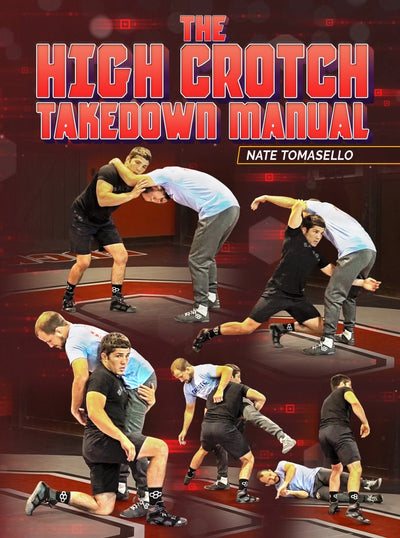Wrestling Bridge
In the realm of wrestling, the wrestling bridge movement stands as a symbol of strength, resilience, and control. Beyond its use as an escape tactic, the wrestling bridge encompasses a spectrum of benefits that extend to various aspects of a wrestler's performance. From neck exercises and grip strength to wrestling stretches and breathing techniques, integrating the wrestling bridge movement into your wrestling exercise training regimen can be a game-changer.
What this article covers:
- Wrestling Exercises: Building a Well-Rounded Athlete
- Neck Exercises in Wrestling: Forging Unyielding Resilience
- Wrestling Grip: Controlling the Outcome
- Wrestling Stretches: Flexibility for Fluid Movement
- Wrestling Breathing: Mastering Stamina and Focus
Wrestling Exercises: Building a Well-Rounded Athlete
Wrestlers thrive on a foundation of all-around athleticism. Incorporating dynamic wrestling exercises, such as takedowns, sprawls, and technical drills, enhances agility, speed, and muscle memory. The wrestling bridge movement complements these exercises by developing the often-overlooked muscles in the neck, back, and glutes, crucial for maintaining balance and strength during intense matches.
High Impact Heavyweight Offense is here!
Neck Exercises in Wrestling: Forging Unyielding Resilience
The neck is a linchpin of wrestling strength. By performing neck bridges, wrestlers cultivate neck muscle strength, aiding in resistance against opponent attacks and helping maintain advantageous positions. These neck exercises not only enhance wrestling performance but also fortify overall neck health and stability.
Wrestling Grip: Controlling the Outcome
Grip strength in wrestling is paramount for maintaining control over opponents and executing techniques. The wrestling bridge movement, with its emphasis on weight distribution and pressure, sharpens the grip as wrestlers maneuver to maintain a superior position. Complementing this movement with grip-specific exercises like grip trainers and towel pulls fosters an unyielding grasp on victory.
Wrestling Stretches: Flexibility for Fluid Movement
Fluidity in movement is a hallmark of wrestling prowess. By integrating wrestling stretches like the butterfly stretch and hamstring stretches, wrestlers enhance flexibility, enabling them to transition seamlessly between offensive and defensive maneuvers. The wrestling bridge movement itself can be seen as a dynamic stretch, engaging various muscle groups and promoting increased range of motion.
Become an athletic heavyweight with the help of Austin Schafer and FanaticWrestling.com!
Wrestling Breathing: Mastering Stamina and Focus
Controlled breathing is a key element in wrestling. The wrestling bridge movement, which requires precise control of the body, is an excellent opportunity to practice focused breathing. Integrating breathing techniques into the bridge movement enhances stamina, sharpens mental focus, and supports a wrestler's ability to maintain composure during high-pressure moments.
Incorporating the wrestling bridge movement into your training routine is an investment in wrestling excellence that goes beyond the physical aspect. It encompasses neck strength, grip control, flexibility, and the mental fortitude required to conquer opponents. As you master this movement, you'll find yourself equipped with a versatile tool that bolsters your overall wrestling prowess, propelling you toward victory on the mat.
Did You Enjoy This Piece? Check out Other Wrestling Moves:
- Wrestling Weight Classes
- Boxing Versus Wrestling
- Judo Versus Wrestling
- Catch Wrestling Versus BJJ
- Difference Between Folkstyle and Freestyle Wrestling
- Wrestler Versus Boxer
- Chinese Wrestling
- Korean Wrestling
- Russian Wrestling
- Freestyle Wrestling Moves
- Women's Freestyle Wrestling
- When Is Freestyle Wrestling in the Olympics?
- When Does Men’s Freestyle Wrestling Start?
- Olympic Wrestling Styles
- Attack Style Wrestling











